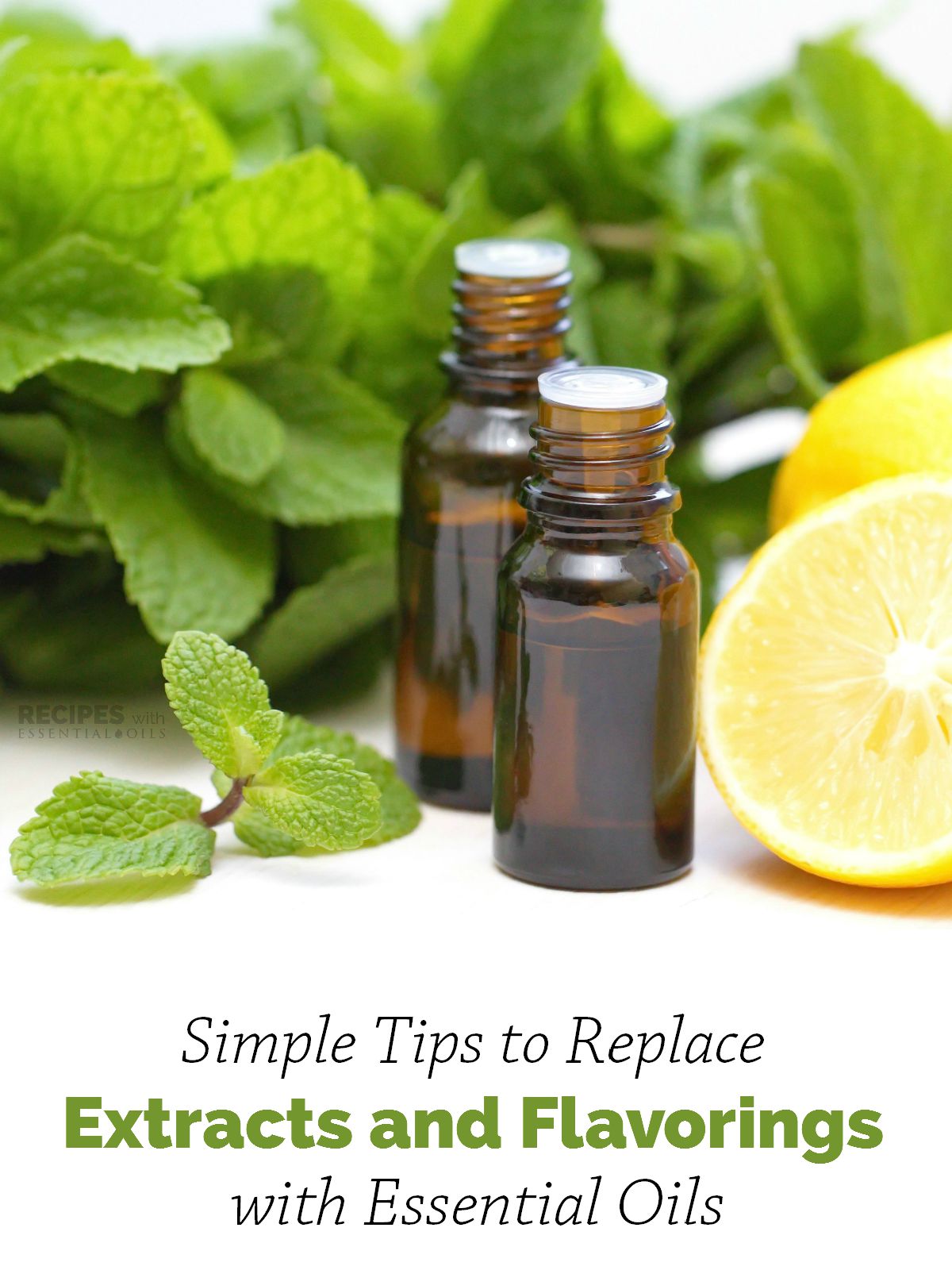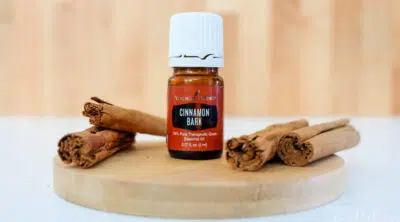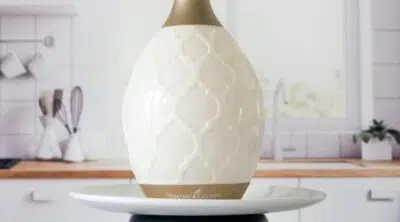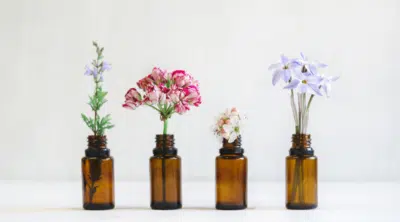We love using Vitality essential oils in our food recipes. Did you know you can replace alcohol based extracts and flavorings with your favorite essential oils? Kick up the flavor in your cooking and impress and delight your family and friends!
Therapeutic Grade Essential Oils
Young Living’s 100% pure, therapeutic-grade essential oils are not diluted with fillers and do not have any chemical solvents like so many store-bought extracts. Plus, many of the oils are defined by the US Food and Drug Administration as GRAS (generally regarded as safe), meaning they CAN be safely ingested in typical recipe amounts. {See more information about essential oil ingesting here.}
Why Would Essential Oils Be Used When Cooking?
- Essential oils can be up to 70 times as strong as dried and fresh herbs and plants. Dried herbs retain only about 3 – 5% of the essential oils from the original plant.
- Essential oils are superior in flavor and potency over dried herbs. The essence of the plant is preserved and carried into your recipes when you use essential oils.
- Plus, essential oils have a longer shelf life than any dried herb, seed, or flower. Essential oils, when stored properly, will maintain their intense flavor and aroma for years.
Tips for Replacing Extracts and Flavorings with Essential Oils
- Typically, 1-3 drops of citrus oil can substitute for 1 tsp. of citrus zest. If the recipe calls for the zest from 1 citrus fruit, you can use 8–14 drops of the citrus essential oil instead. Try citrus oils like orange, tangerine, grapefruit, lemon, or lime!
- For minty oils such as peppermint and spearmint, try substituting 1 drop for 1 tsp. dried mint leaves or 1 Tbsp. fresh mint leaves.
- Typically what we know as ground cinnamon is really ground cassia (known as Chinese cinnamon), but the strength of that flavor varies wildly between different manufacturers. We recommend essential oil from the bark of another variety of cinnamon, known as “true cinnamon.” You will want to start by substituting 1 drop of cinnamon bark essential oil for 1–2 Tbsp. ground cinnamon. Cinnamon bark is a strong oil, so be sparing and avoid direct skin contact without dilution.
- With herbaceous oils like basil, marjoram, oregano, rosemary, cilantro, dill, thyme, etc., start with a toothpick dipped in the oil and stir into the mixture, and then add more to taste as needed. For some of these oils, even one drop would be too much for a recipe, so the toothpick method is highly preferred.
- For other flavors, a good rule of thumb is to substitute 1 drop of oil for 1–2 Tbsp. of dried spice or herb and 1 drop of oil for 1–2 tsp. of fresh spice. If you think the oil is strong or the recipe calls for less than the above quantities, start with a toothpick dip instead. Taste, and add more if needed.
Keep in mind that since essential oils are so much stronger in flavor and purity than typical alcohol-based extracts and flavorings, always start with less and add more to taste, as necessary.
Bonus Tip: When Do I Add Essential Oils to a Recipe?
For essential oils that are milder in flavor, use 1-2 drops at the end of cooking or just before serving.
If you add milder flavored oils at the beginning of the cooking process, then the flavor will dissipate greatly when ready to serve.
For instance, a drop or two of lemon essential oil added to the top of a baked chicken breast just before serving is amazing! Or add some jade lemon essential oil to homemade vanilla frosting for a jazzed up flavor explosion on a sweet treat.
If an essential oil has a stronger flavor (like oregano or basil) then adding them during cooking will allow some to evaporate leaving a milder, delicious flavor when ready to serve.
Oregano essential oil simmering in a pot of spaghetti sauce will make everyone eager for dinner to be served!
Remember to Experiment in the Kitchen!
Since cooking with essential oils is all about figuring out what depth of flavor you enjoy in your finished dishes, we highly encourage lots of experimenting in recipes.
Using Young Living’s 100% pure, therapeutic-grade essential oils that are approved by the FDA as GRAS will open up a whole new world of flavor and aroma in the heart of your home…the kitchen. Have fun and enjoy!





Rachel Methot says
Hi, I am on an antihistamine diet and cannot have dried cinnamon so I’m anxious to try the oil. My nutritionist does not know if using cinnamon oil will be ok for me or not. Your article about equivalents is very helpful and I hope I bought the right cinnamon oil. As of right now I can only have cardamom…
Maybe I’ll try it on oatmeal first..with a toothpick….
Thank you,
Rachel